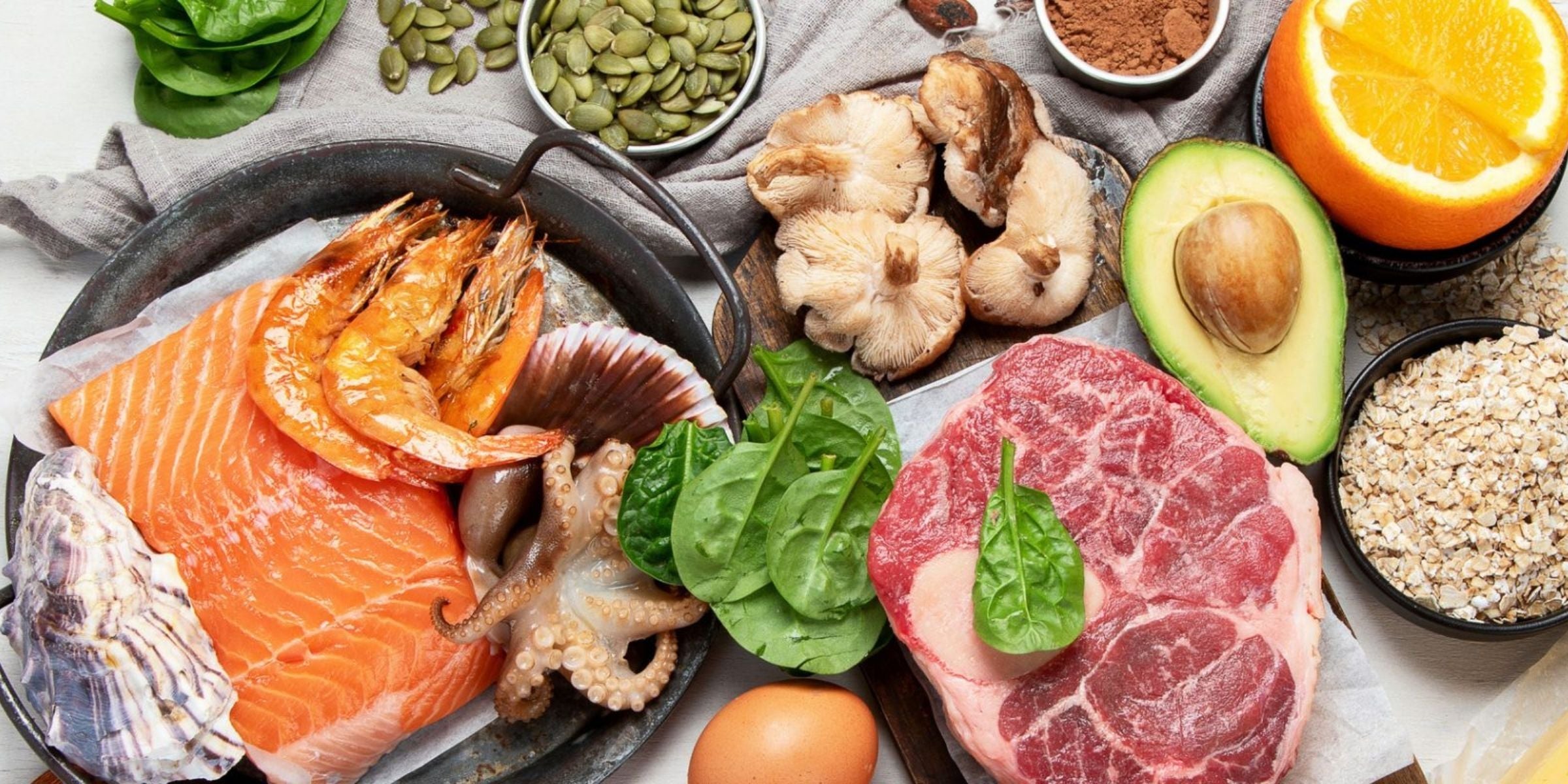Pain is one of the body’s most important protective mechanisms. It acts like an alarm system that lets you know when something isn’t quite right. If you step on something sharp like a piece of Lego, the body’s pain receptors (aka. specialised nerve cells) activate and send a message to the brain via the spinal cord, where it coordinates an appropriate response. This all happens within a fraction of a second. In this case, it would make you lift your foot from the sharp object to prevent further damage from occurring and the pain sensations would ease once the injury has healed. Pain becomes a problem and more difficult to manage, when our pain receptors continue to fire (this is known as chronic pain), which can be disruptive to daily life and doing the things that you enjoy.
The different types of pain
Depending on the underlying cause, pain can present in a variety of ways. We’re going to look at musculoskeletal pain and nerve pain.
Muscle and joint pain (musculoskeletal pain)
Musculoskeletal pain is a type of “nociceptive pain”, which is usually (but not always) associated with tissue damage or injury. It might be described as sharp, achy or throbbing. Muscle or joint pain can occur in response to several conditions including trauma, such as a sprain or strain, overuse, illness and arthritis. It might be acute, such as with an injury, and resolve itself once the tissue has healed, or it can be recurring and chronic in nature like with osteoarthritis. When there is tissue damage, it is usually accompanied by an inflammatory response, which is designed to help with the healing process. In a cruel twist of fate, inflammation can at times amplify the pain response.1 If a condition continuously causes tissue damage, such as with osteoarthritis, it creates a cycle of inflammation and pain, with little downtime. The parts of the brain that send and receive pain signals can even become more sensitive to pain over time.
Nerve pain
Nerve pain or “neuropathic pain” is caused by damage or injury to the nerves themselves or other parts of the nervous system. It might be felt as shooting, tingling, stabbing, burning or like pins and needles. Nerve pain can be activated by injury, shingles, heavy alcohol use, poor blood supply, trapped nerves (as seen in carpal tunnel syndrome) or spinal nerve compression or inflammation (such as with sciatica).2 With nerve pain, the affected nerves send false or wayward signals to the body’s pain centres bringing on spontaneous pain without an obvious cause. Nerve damage can also make the body overly sensitive to pain. Sufferers might experience an extreme response to something as innocent as a bed sheet or cold water touching their skin.
5 natural pain relief ingredients
The management of joint, muscle and nerve pain typically requires a multi-disciplinary and individualised approach. This might include medication prescribed by a doctor, lifestyle changes, exercises, other physical therapies and natural pain relievers. Here are 5 natural ingredients that may help as part of a pain management program:
-
PEA – PEA or Palmitoylethanolamide is a fatty acid molecule that is naturally produced in the body in response to pain and inflammation. Taking a PEA supplement may help to relieve mild nerve pain and inflammation and support healthy nerve function. This ingredient is available in the Ethical Nutrients Clinical Nervalgesic.
-
Fish oil – Fish oil is a source of important omega-3 fatty acids, which have anti-inflammatory properties in the body and may be useful for pain conditions that are inflammatory in nature. Oils derived from fish have been used to relieve mild rheumatic aches and pains in traditional naturopathic medicine.
-
SPM’s – Specialised pro-resolving mediators are naturally produced by the body and can also be derived from concentrated fish oil. SPM’s may help with the inflammation resolution process in various inflammatory conditions and play a role in sustained active health. This ingredient is available in the Ethical Nutrients Clinical range.
-
BCM-95™ Turmeric – BCM-95™ is a high strength, enhanced absorption turmeric extract with anti-inflammatory properties. Turmeric is used in traditional Chinese medicine to assist with mild joint and muscle pain and in traditional Ayurvedic medicine to reduce symptoms of mild arthritis.
- MetaMag® Magnesium diglycinate – High strength, easily absorbed magnesium extract, Meta Mag® may assist with muscle spasms, cramps and pain in combination with PEA. Together, they may help to break the cycles of muscle and mild nerve pain. Ethical Nutrients Clinical Nervalgesic Muscle contains both MetaMag® and PEA.
Other useful complementary therapies
There are other complementary therapies that sufferers of pain and inflammation may find helpful including:
Acupuncture
Acupuncture, performed by an experienced acupuncturist, may reduce the severity and intensity of different types of pain in some people.
Hot/Cold Therapy
Cold packs can be used on an acute injury to reduce pain and swelling. Hot packs can help to relieve chronic pain such as joint pain, neck or back pain.
Massage
Therapeutic massage by a qualified massage therapist, may help with muscle pain.
Meditation
Dealing with constant pain can create a lot of stress on the body and mind. Incorporating meditation techniques such as the “body scan” exercise can help to reduce the impact of stress and help manage pain.
Relaxation techniques
Other relaxation and mindfulness techniques that may help to reduce the severity of pain and provide stress relief include gentle yoga, tai chi and Qigong.
Food as medicine
There are many different foods that can help fight inflammation in the body including ginger, garlic, turmeric, fatty fish like salmon and tuna, walnuts and almonds, berries, broccoli, avocadoes and green tea.
References
- Havelin J et al, 2018, ‘Mechanisms Underlying Bone and Joint Pain’, Curr osteo rep,vol 16, no 6, pp 763-771
- Healthdirect, 2020, Nerve pain (neuralgia), Department of Health and Aged Care, accessed 13 June 2023 <https://www.healthdirect.gov.au/nerve-pain>




